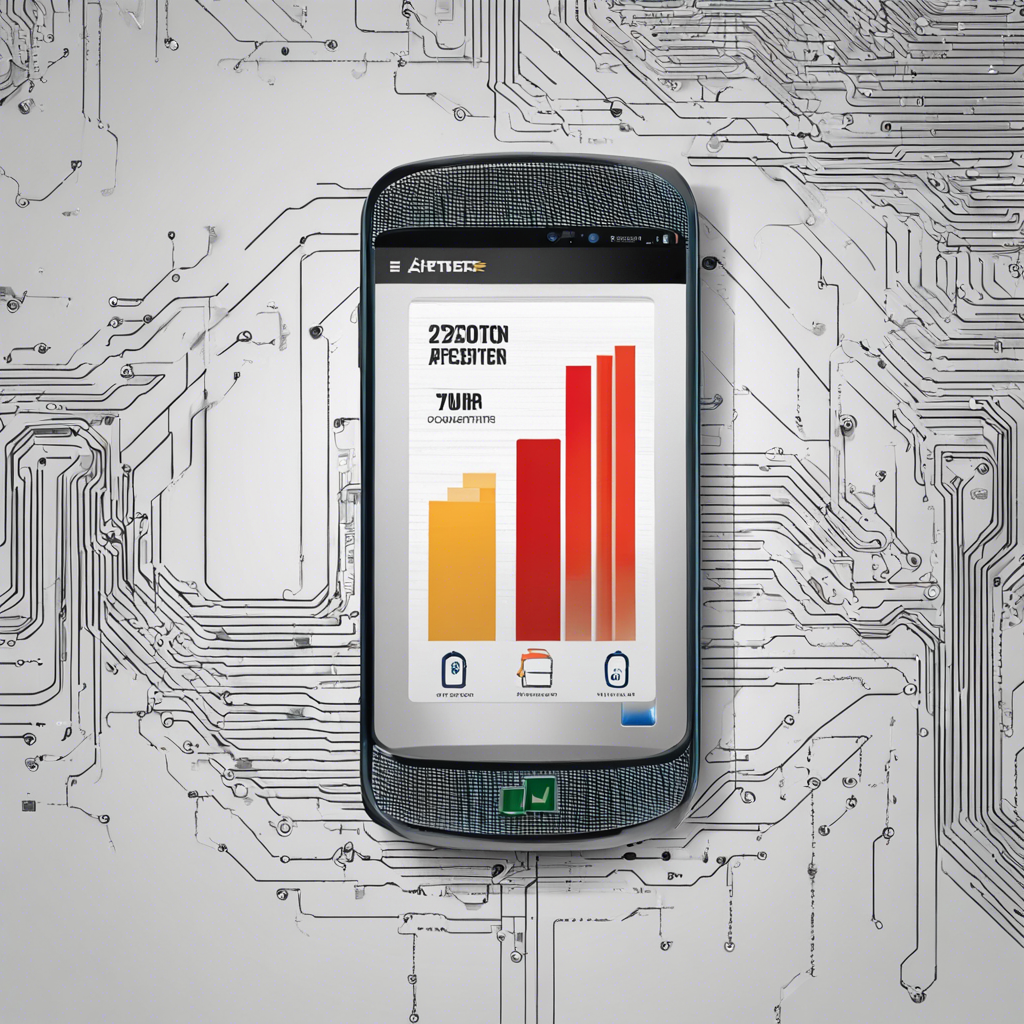**Two-factor authentication** is an effective way to add an extra, crucial layer of security to your online accounts, and with cybercrime on the rise, it’s more important than ever to protect your personal information. We’ve all heard the horror stories of identity theft, hacked emails, and stolen financial data, but this simple tool can significantly reduce the risk. So, what exactly is it and how does it work?
Two-factor authentication (often shortened to 2FA) is a security process that requires two distinct forms of identification when logging into an account. The first is usually something you know, like a password or PIN, while the second is typically something you have, such as a physical token or your smartphone. By requiring two factors, it becomes much harder for unauthorized individuals to gain access, even if they’ve managed to get your password.
One of the most common methods of 2FA is a time-based, one-time password (TOTP). This generates a unique code that you enter after providing your password. The code is typically sent to your phone via SMS or generated by a mobile app, ensuring that only you can access your account, even if someone else has your password. It’s like having a backup key for your house that only you know about.
Many popular websites and services now offer 2FA, including Google, Apple, Microsoft, Facebook, and Twitter. It’s often optional but highly recommended, especially for accounts containing sensitive information. Enabling 2FA usually only takes a few minutes and can provide peace of mind, knowing your accounts are more secure. It’s a small step that can make a big difference in the ongoing battle against cybercrime.
Another advantage of 2FA is that it can help protect against phishing attacks. Even if you inadvertently provide your password to a fraudulent site, they won’t have the second factor, preventing unauthorized access. This makes it a powerful tool in the fight against cybercrime, which often preys on human error and weak passwords. With 2FA enabled, you greatly reduce the chance of becoming a victim.
For added convenience, you can use a mobile app to generate the codes, doing away with SMS, which can be phished via a tactic called “SIM swapping.” Apps such as Google Authenticator, Authy, or a password manager like 1Password can provide these codes, ensuring that your second factor is always with you on your smartphone. This method is considered more secure than SMS and provides a seamless user experience.
In conclusion, two-factor authentication is a simple yet powerful tool in the fight to secure our digital lives. With cyber threats evolving and becoming more sophisticated, it’s essential that we all take steps to protect our personal information. By enabling 2FA, you’re adding a crucial extra layer of security that can make all the difference. Stay safe online and ensure your data is protected with this simple, effective measure.
